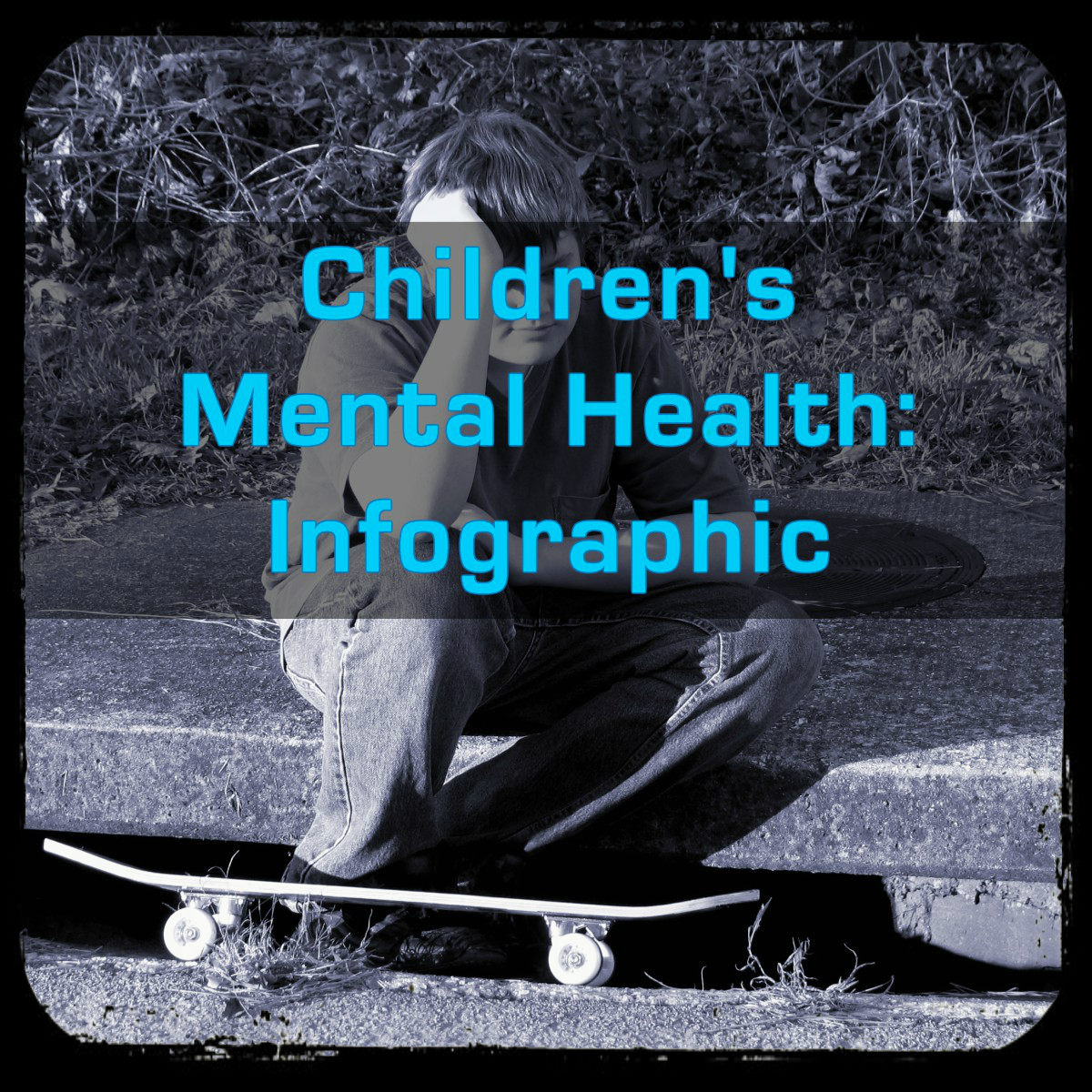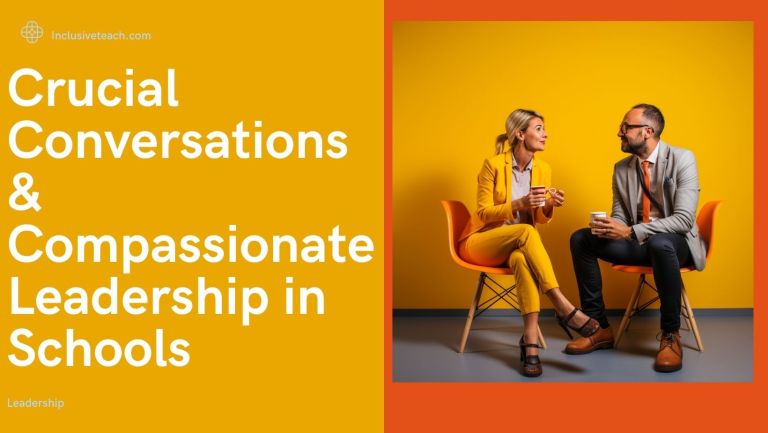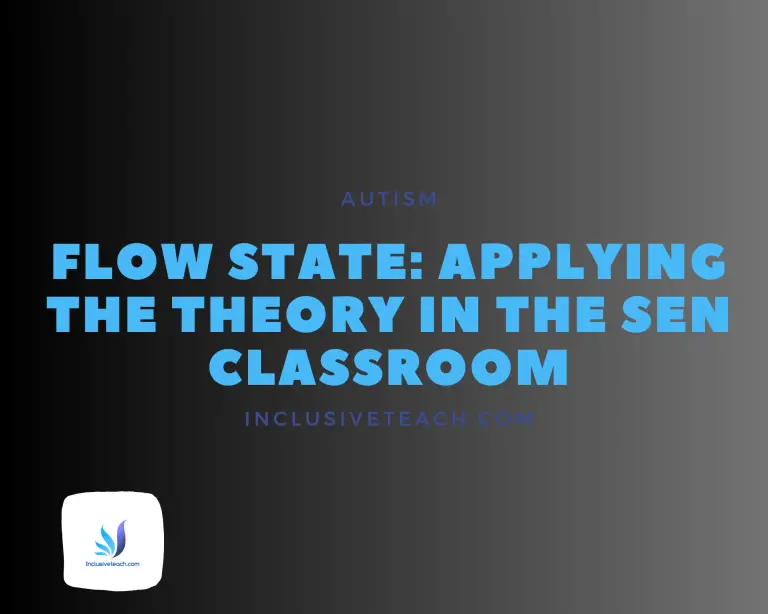Partnership Working to Improve SEND Outcomes
Collaborating for Success: Strategies and Best Practices for Efficient Partnership Working to Improve SEND Outcomes
Collaboration is key to improving outcomes for children and young people with special educational needs and disabilities (SEND). However, it can be challenging to establish effective partnerships across education, health, and care services. In this article, we will explore some strategies and best practices for efficient partnership working to improve SEND outcomes in the UK education system.

1. Establish a shared vision and goals
The first step in an effective partnership is to establish a shared vision and goals. This means that all agencies and professionals involved in the SEND provision should have a clear understanding of what they are trying to achieve and how they will measure success. The vision and goals should be child-centric and focused on outcomes that matter to the child and their family. They should also be realistic, achievable, and reviewed regularly to ensure progress and alignment.
2. Develop a collaborative culture and ethos
The second step is to develop a collaborative culture and ethos that promotes trust, respect, and open communication. This means that all agencies and professionals involved in the SEND provision should be willing to share information, expertise, and resources. They should also be willing to listen to each other’s perspectives, feedback, and concerns. A collaborative culture and ethos can be fostered through regular meetings, joint training, shared decision-making, and celebration of successes.
3. Use data and evidence to inform practice
The third step is to use data and evidence to inform practice and monitor progress. This means that all agencies and professionals involved in the SEND provision should collect, analyse, and use data to identify needs, strengths, and areas for improvement. They should also use evidence-based practices and interventions that have been proven to be effective. Basing ideas solely on data collection can miss some elements of the SEND story. We need to understand the value of the human stories and feedback in SEND practice, and even more importantly we need to think about how to include practices that may be missed due to underrepresented children who are missing from the data.
Data and evidence alone may not capture the complexity and diversity of SEND provisions, needs and experiences. Stories and feedback from children, young people, families, and professionals can provide valuable insights into the lived realities, perspectives, and aspirations of those involved in SEND provision. Stories and feedback can also help to promote empathy, understanding, and engagement, and to challenge stereotypes, stigma, and discrimination.
Including Lived Experience and Stories to Improve SEND Outcomes
To include stories and feedback in SEND practice, you can use a range of methods and tools that are appropriate, ethical, and inclusive. Here are 4 ways to do this so the voices of those with lived experience enrich the data that informs your planning and decision-making:
- Participatory research and evaluation: You can involve children, young people, families, and professionals in the research and evaluation of SEND provision. This means that you can use co-design, co-production, and co-analysis methods that enable active participation, collaboration, and empowerment. You can also use creative and expressive methods such as storytelling, art, music, or drama that can help to capture the diversity and complexity of SEND experiences.
- Person-centred planning and review: You can involve children, young people, families, and professionals in the planning and review of SEND provision. This means that you can use person-centred approaches that focus on the child’s strengths, needs, and aspirations, and that enable choice, control, and flexibility. You can also use tools such as one-page profiles, personal budgets, or outcome-based planning to help clarify and communicate the child’s goals and progress.
- Feedback and complaints mechanisms: You can involve children, young people, families, and professionals in the feedback and complaints mechanisms of SEND provision. This means that you can use accessible and responsive methods that enable feedback, suggestions, and complaints to be heard, acknowledged, and acted upon. You can also use independent advocacy, mediation, or dispute resolution services that can help to resolve conflicts and improve communication.
- Community engagement and participation: You can involve children, young people, families, and professionals in the community engagement and participation of SEND provision. This means that you can use inclusive and accessible methods that enable participation, representation, and diversity. You can also use community development, social action, or peer support activities that can help to build social capital, resilience, and empowerment.
Capturing the Voices of Underrepresented Children
To include practice that may be missed due to underrepresented children, you can use appropriate, ethical, and inclusive methods and tools. You will have to go out of your way to collect this it will not be in your existing spreadsheets but it will make you practice much more meaningful. Here are some possible ways to reach those your data has missed:
- Outreach and engagement: You can use outreach and engagement methods that enable access, trust, and rapport with underrepresented children and their families. This means that you can use community-based, culturally sensitive, and linguistically appropriate methods that reflect the diversity and complexity of underrepresented groups. You can also use peer support, mentoring, or advocacy that can help to build relationships and confidence.
- Alternative and flexible provision: You can use alternative and flexible provision methods that enable participation, progression, and achievement of underrepresented children. This means that you can use personalised, differentiated, and inclusive methods that reflect the strengths, needs, and aspirations of underrepresented groups. You can also use technology-enhanced, blended, or distance learning that can help to overcome barriers and enhance accessibility.
- Collaboration and partnership: You can use collaboration and partnership methods that enable joint working, sharing, and learning with underrepresented children and their families. This means that you can use co-production, co-design, and co-delivery methods that reflect the diversity and complexity of underrepresented groups. You can also use multi-agency, cross-sector, or cross-border collaboration that can help to build capacity and resilience.
4. Involve parents and carers as partners to Improve SEND Outcomes
The fourth step is to involve parents and carers as partners in the SEND provision. This means that parents and carers should be consulted, informed, and involved in all aspects of the SEND provision. They should be treated as equal partners and their views, preferences, and aspirations should be respected and valued. Parents and carers can provide valuable insights into the child’s needs, strengths, and interests, and can help to identify barriers and facilitators to their participation and progress. We have written about this in depth in a collaborative article based on a SENExchange discussion on parent partnership.
5. Collaborate with other schools and agencies
The fifth step is to collaborate with other schools and agencies to share expertise, resources, and good practice. This means that all agencies and professionals involved in the SEND provision should be aware of the local and national networks and initiatives that can support their work. They should also be willing to learn from each other, share their successes and challenges, and work together to improve the quality and effectiveness of the SEND provision. Collaboration with other schools and agencies can also help to reduce duplication, fragmentation, and inconsistency in the SEND provision.
5 Proven Ways To Collaborate Effectively With Other Schools
- Joint training and professional development: You can collaborate with other schools and agencies to provide joint training and professional development opportunities for staff. This can help to share expertise, resources, and good practice, and to build a common understanding of SEND provision and expectations.
- Shared resources and facilities: You can collaborate with other schools and agencies to share resources and facilities that can support SEND provision. For example, you can share assistive technology, sensory rooms, or outdoor spaces that can benefit pupils with different needs and interests.
- Joint planning and assessment: You can collaborate with other schools and agencies to plan and assess SEND provision that is coherent, consistent, and effective. For example, you can develop joint SEND policies, procedures, and protocols that reflect local and national requirements and expectations.
- Multi-agency working and support: You can collaborate with other schools and agencies to provide multi-agency working and support that can address the complex and diverse needs of pupils with SEND. For example, you can work with health, social care, and voluntary services to provide integrated and holistic support that can improve the well-being and outcomes of pupils with SEND.
- Research and innovation: You can collaborate with other schools and agencies to conduct research and innovation that can advance the knowledge and practice of SEND provision. For example, you can participate in joint research projects, pilots, or trials that can test and evaluate new approaches, interventions, or technologies that can benefit pupils with SEND.
Collaborating with other schools and agencies requires effective communication, coordination, and leadership. You should establish clear roles, responsibilities, and expectations, and ensure that all partners are committed, informed, and involved in the collaboration. You should also evaluate the impact and sustainability of the collaboration and adjust your strategies and actions accordingly.
Conclusion
In conclusion, efficient partnership working is essential for improving outcomes for children and young people with SEND. It requires a shared vision and goals, a collaborative culture and ethos, data and evidence-informed practice, involvement of parents and carers as partners, and collaboration with other schools and agencies. By following these steps, we can ensure that every child and young person with SEND receives the support and opportunities they need to achieve their full potential.







2 Comments